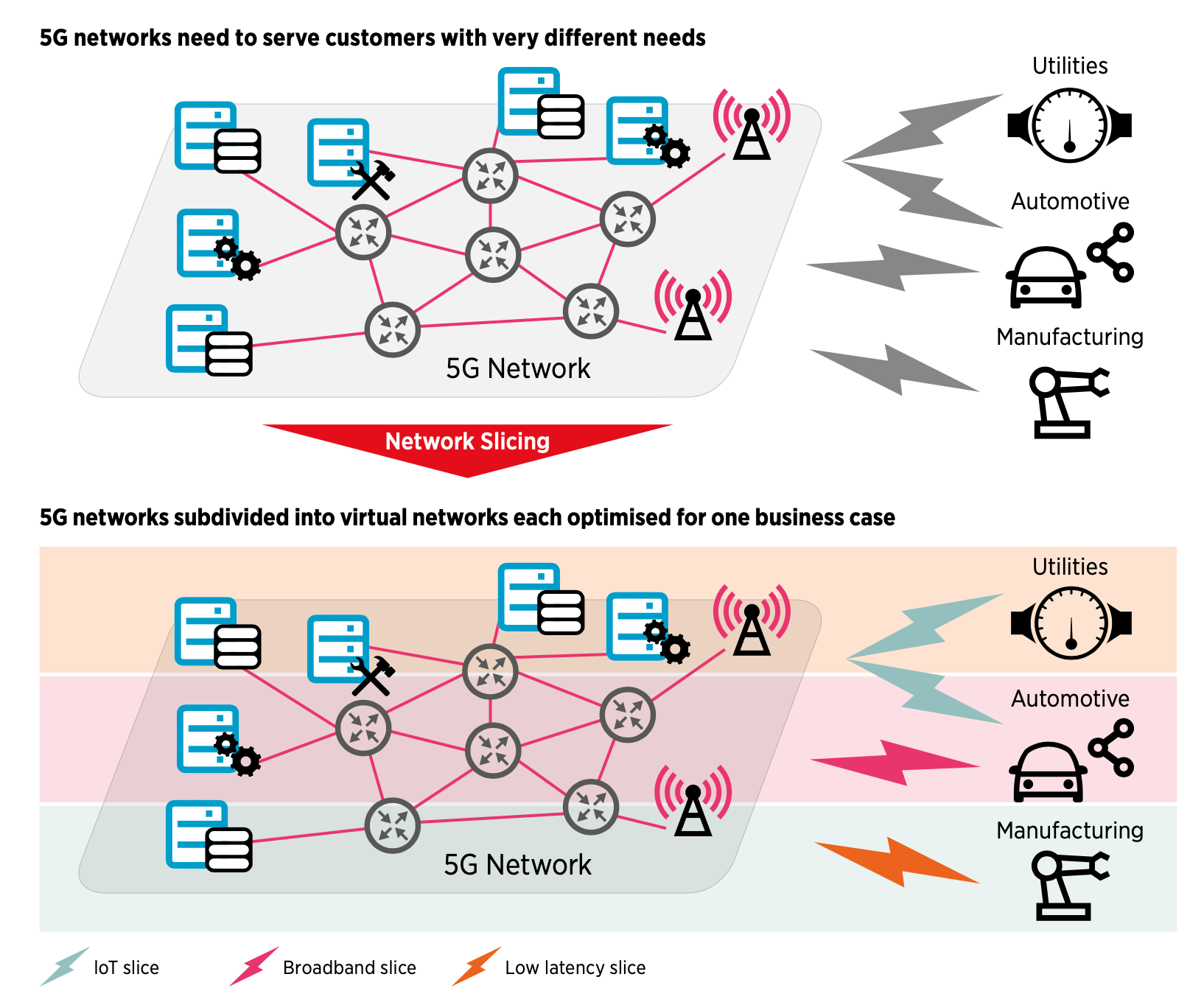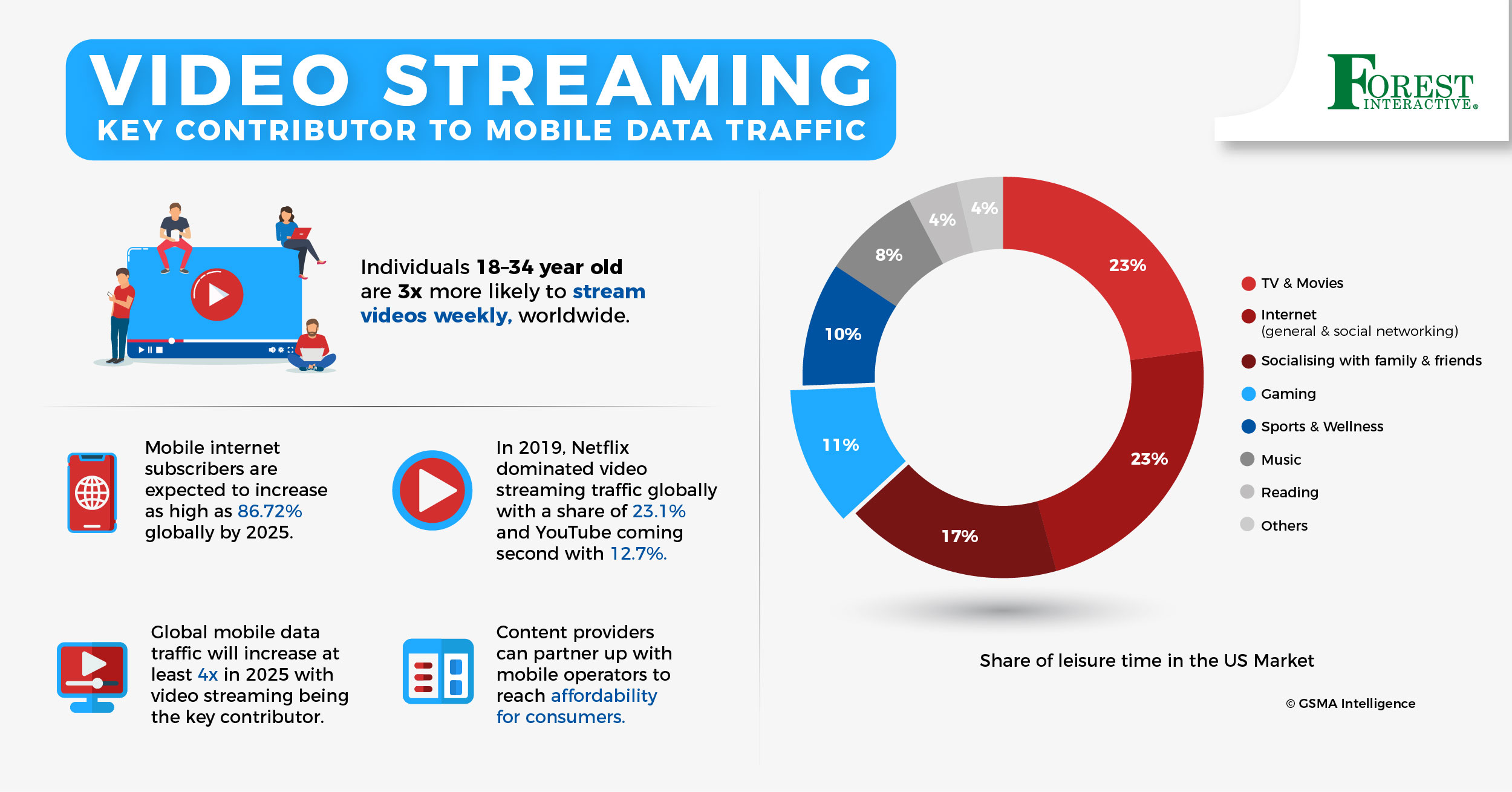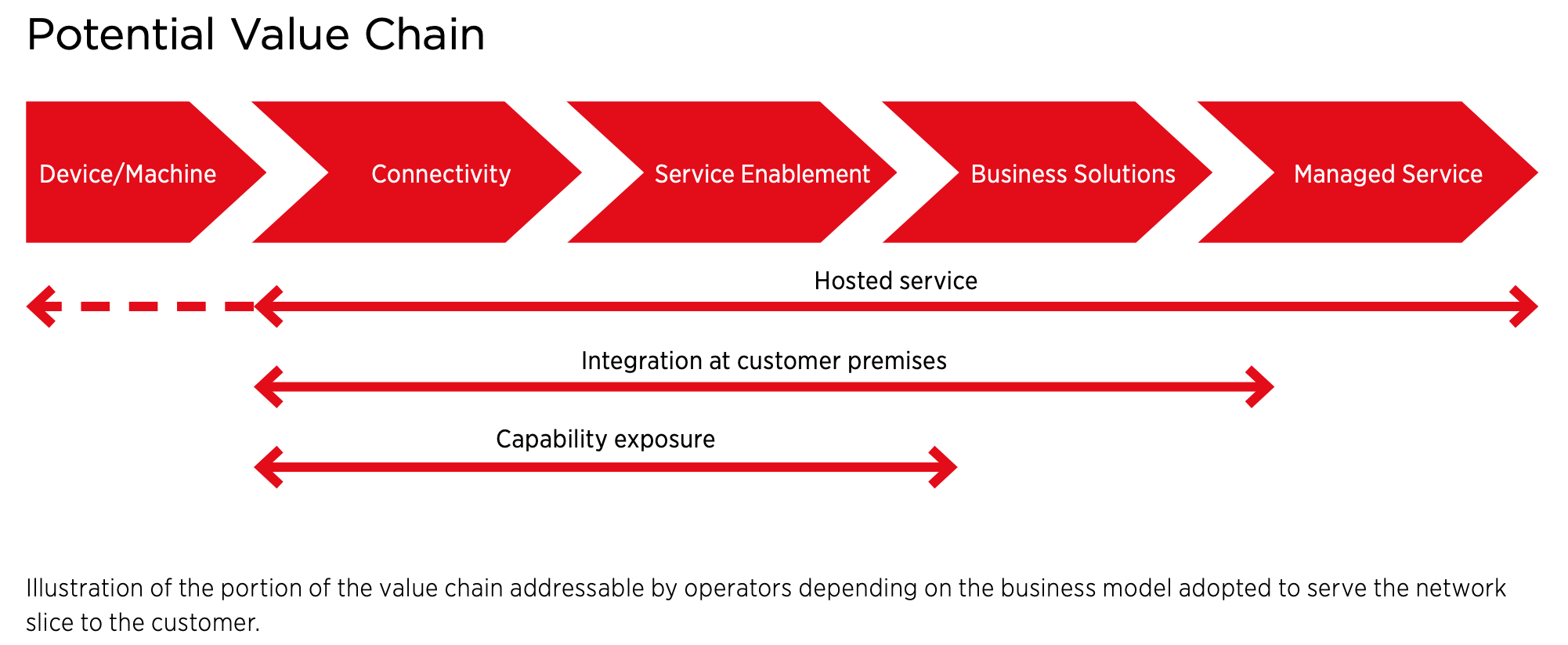
As more commercial 5G networks arrive on the scene, mobile operators and telecom vendors around the world will be expected to deliver a flexible range of services. A major criterion of customer demands is the ability to scale multiple use cases according to their network requirements. Particularly, IoT services have their own complex connectivity and performance-related challenges that need addressing.
Here is where Network Slicing steps in to close that gap by managing network performance down to individual application level. Operators can leverage network slicing to meet efficiency and flexibility demands of these new services, and enable new business models. In the IoT era, operators must invest in technologies which can help make alternative approaches to maximizing revenue generation easier.
In the design and deployment of 5G mobile networks, network slicing is expected to transform the economics of the connectivity business. By enabling Virtual Network Providers (VNOs) to enter the market and allowing vendors to offer competitive ‘networks-as-a-platform’ services, 5G networks are not limited by the physical infrastructure which has impeded 4G in previous years.
With network slicing, the 5G network can adapt to the external environment rather than the other way around.
Network Slicing for 5G

Network slicing uproots the traditional thinking of network connectivity by enabling operators to segment portions of their networks for specific customer use cases. Whether it’s the smart home, the IoT factory, the connected car, or the smart energy grid, network slicing is the operators’ best answer on how to build and manage a network by “slicing it apart” to handle each of these use cases.
The way to achieve a “sliced network” is to remodel it into a set of logical networks on top of a shared infrastructure. To serve a defined business purpose, each logical network is designed, configured, and connected end-to-end with all the required network resources. Covering certain SLA-specified factors such as speed, connectivity, and capacity, each slice will receive a unique set of optimized resources and network topology that suit the needs of that application.
In broader terms, network slicing is specifically a kind of virtual networking architecture within the same family as Network Functions Virtualization (NFV) and Software-Defined Networking (SDN). These are the technologies that are moving today’s networks toward software-based automation. By partitioning network architectures into virtual elements, NFV and SDN allow for much better network flexibility.
During this virtualized network scenario, logical (software-based) partitions are of utmost importance while physical components come secondary. In step with need, this means that capacity and resources are devoted to certain purposes dynamically. By using common resources like storage and processors, the creation of slices dedicated to logical, self-contained, and partitioned network functions is permitted. Essentially, network slicing allows the creation of multiple virtual networks atop a shared physical infrastructure.
Related topic: What Is Open RAN And How Will It Support 5G?
Why is 5G Network Slicing Important?
According to the Cisco Visual Networking Index (VNI) Forecast, IP video traffic is predicted to be 82% of all consumer Internet traffic by 2022, up from 75% in 2017. 78% of the global mobile data traffic will account for mobile video traffic alone. With the additional traffic growth rates of TVs (21%), tablets (29%), smartphones (49%), and M2M modules (49%), the cumulative result of 12.3 billion mobile-connected devices will exceed the world’s projected population of 8 billion by 2022.
Normally, an operator’s primary concern would simply be about carrying information from A to B. But, the 5G network systems of 2020 and beyond will need to deliver as much as 1000 times capacity compared to current commercial 4G cellular systems. 5G is expected to generate 4.7 times more data than that of 4G.
Related topic: 5G Network Countries In 2020
With an increasing number of new applications beyond personal communications, operators had to find a way to customise the characteristics of their network. This was how network slicing was developed. To provide infrastructure to host third-party applications/data embedded within the network, network slicing unlocked new types of utilisation models, some of which are described below.
-
Hosting applications
By enabling the hosting of applications (e.g. enterprise applications) on the network, operators also gain the capability of collecting relevant data within a network slice. Data collected within the slice along with external sources can be used to enhance the performance and efficiency of the enterprise application. Going a step further, the data can even be employed by machine learning (ML) algorithms to predict future trends or to boost analytics.
-
Capability exposure
Operators can extend to business customers the capability to manage their own services or slices by utilizing APIs offered by the operators. In line with a contract or SLA, these APIs will provide access to network-specific information, which can allow each business customer to derive insights into the perceived service quality, current network condition, or the environment.
-
Integration in existing business processes
A communication or computation infrastructure in operation, e.g. within an industrial setting, may already exist for some business customers. If it is needed, the network slice can integrate such infrastructure.
In essence, network slicing enables the most economical model to provide service differentiation. Flexibly with high-level service deployment, network slicing opens up new types of service offerings to support different enterprise business models. By not requiring to deploy full functionality to support devices that will use only a part of that functionality, it enables faster time-to-market, generating more revenues for the service provider, but at lower costs and improved network robustness.
Benefits of Network Slicing
Source: GSMA Intelligence
By leveraging network slicing, operators can set dedicated SLAs for specific services and applications. This means that they can finally move away from a “one-size fits all” approach and offer a highly-customisable network package to business customers. As defined by GSMA, this can be separated into 2 components: Network Connection Service or Network Resources Service.
Network Connection Service
At a connectivity level, operators can modify the network functionality offered to business customers. A set of technical attributes will be defined that determine the behaviour of the slice, as well as the topology and geographical spread of a slice. Here’s a (non-exhaustive) list of features that a business customer may request an operator to include:
- Near real-time latency (end-to-end delay) for services that require very low and stable latencies.
- Reliable and stable high upload and download speeds.
- Seamless mobility for uninterrupted service delivery and stable quality in scenarios with medium to high velocity (e.g. high-speed train, aviation), across heterogeneous (licensed and unlicensed – e.g. 5G and WiFi) networks that may also belong to multiple different service providers.
- Coverage to ensure seamless service experience across networks and country boundaries.
- Connected device management from only a few devices up to an extremely high density of devices/connections also including very specific Device to Device (D2D) connectivity and/or hardware requirements.
- Data security that meets security & privacy requirements beyond today‘s capabilities and also for extremely sensitive data transmission (e.g. fraud/cyber-crime sensitive).
- Energy efficiency in cases where ultra-low energy utilisation is required (e.g. NB-IoT scenarios) on the network side, as well as on the device terminal side (e.g. very long battery life).
Network Resource Service
If business customers want to run proprietary applications, they may be granted access to the operator’s network resources, such as a lifecycle management service, and even additional platform services. Check out this (non-exhaustive) list of technical elements that can be used to customize the platform services:
- Big Data analytics to support the data management of complex processes or ecosystems.
- ID/Asset management for secured, real-time, automated authentication of assets/ devices/users including ID management-as-a-service.
- Dynamic charging of real-time interactions, based on adaptive customer/market demands.
- Cloud computing for storage and computing power.
- Edge computing for distributed computing and data storage for services with low latency requirements to enable ultra-fast interactions/responsiveness.
- Partner integration for easy and instant integration of partners, new entities, etc.
- APIs for different control and management capabilities to a vertical, e.g. provisioning of various types of information from different sources such as perceived service quality, current network conditions, etc.
With all these opportunities for monetisation, mobile operators and telecom providers will have to consider how different phases of 5G deployment will drive the evolution of network slicing. Whether it’s capacity-based slices, service-specific slices, or application slices, the evolution will surely have a knock-on effect on monetisation. By providing ways for operators to rethink how they monetise their network, 5G and network slicing will create new, exciting revenue streams for all business drivers involved.
5G Network for Enterprises
To unlock the true value of 5G for enterprises and industries, network slicing will be key. Everything from gaming to smart factories to VR-based entertainment, this solution allows operators to segment the network to support particular services and deploy multiple logical networks for different service types over one common infrastructure. Characterized by its wide diversity of use cases, the era of 5G connectivity will be defined by an elasticity that addresses future cost, efficiency, and flexibility requirements, thanks to network slicing.
Related topic: What 5G Technology Means For The Future Of Business And Mobile Networks






One Comment